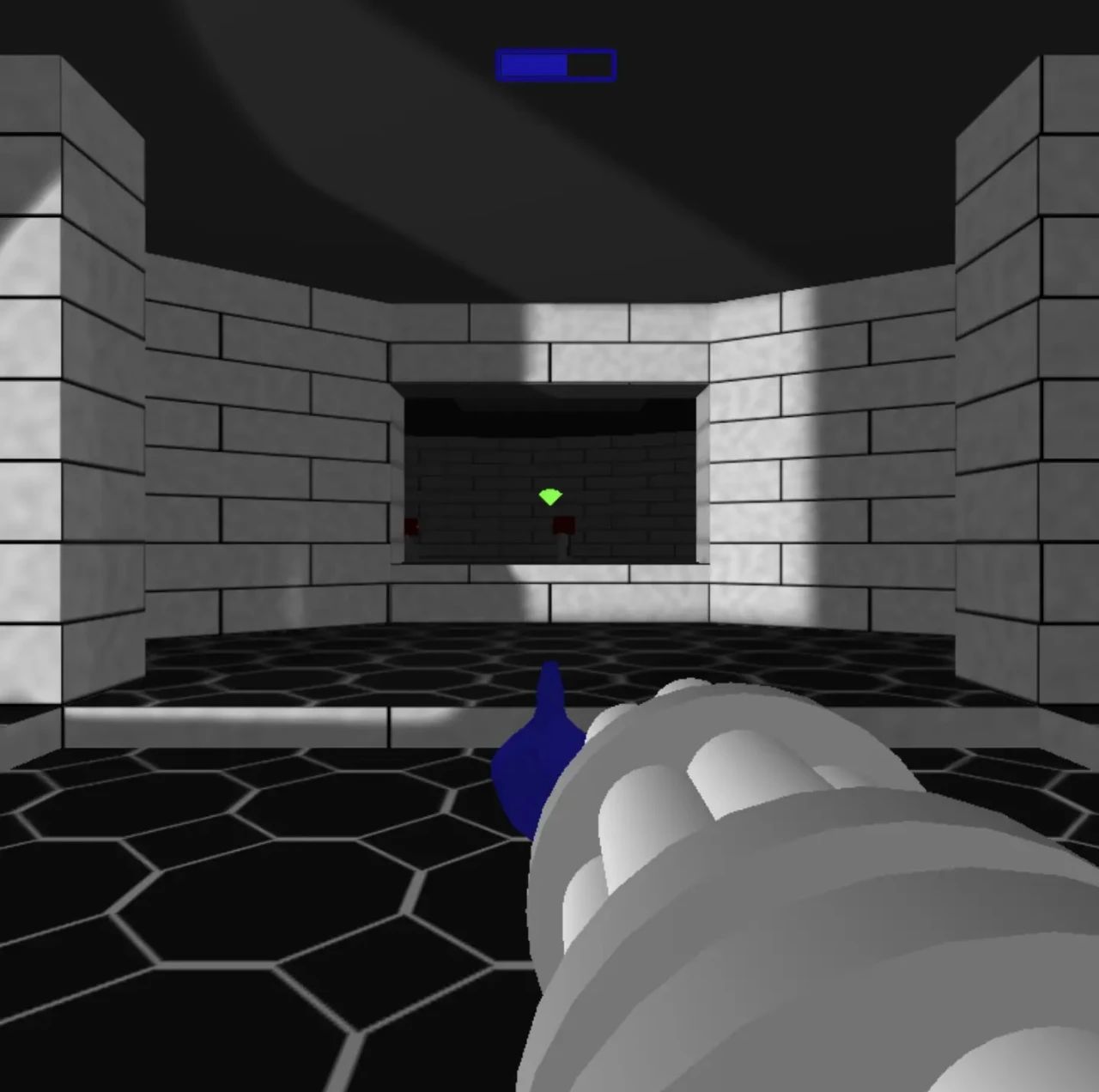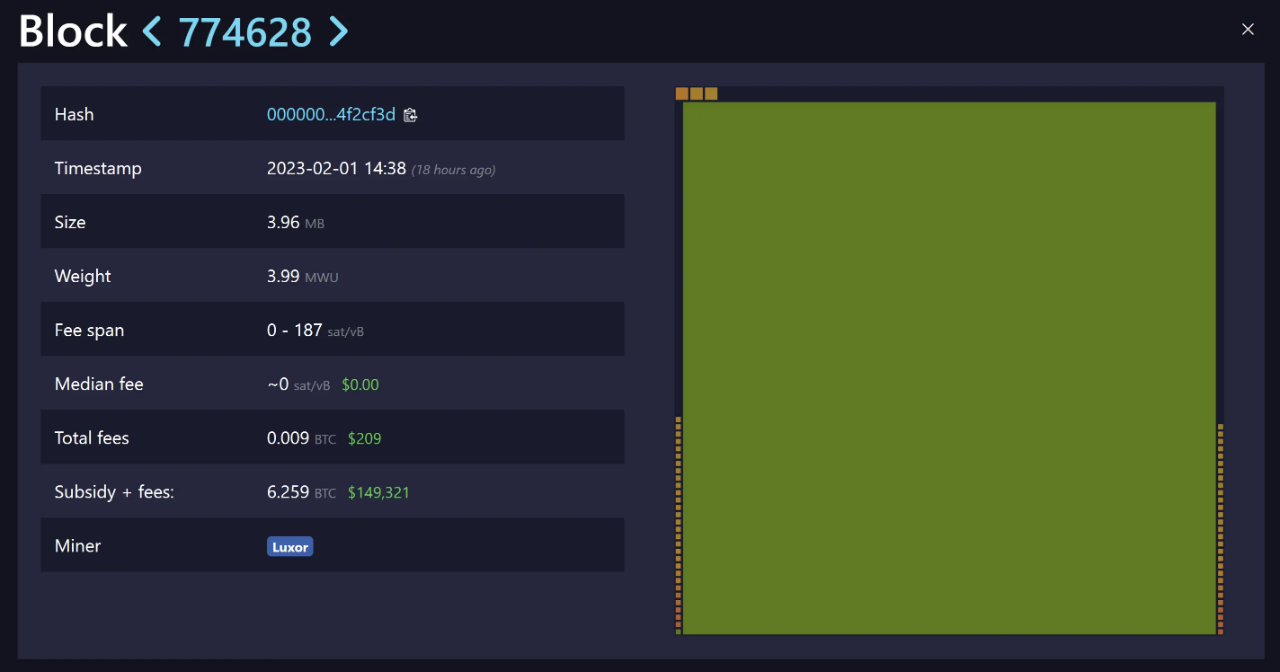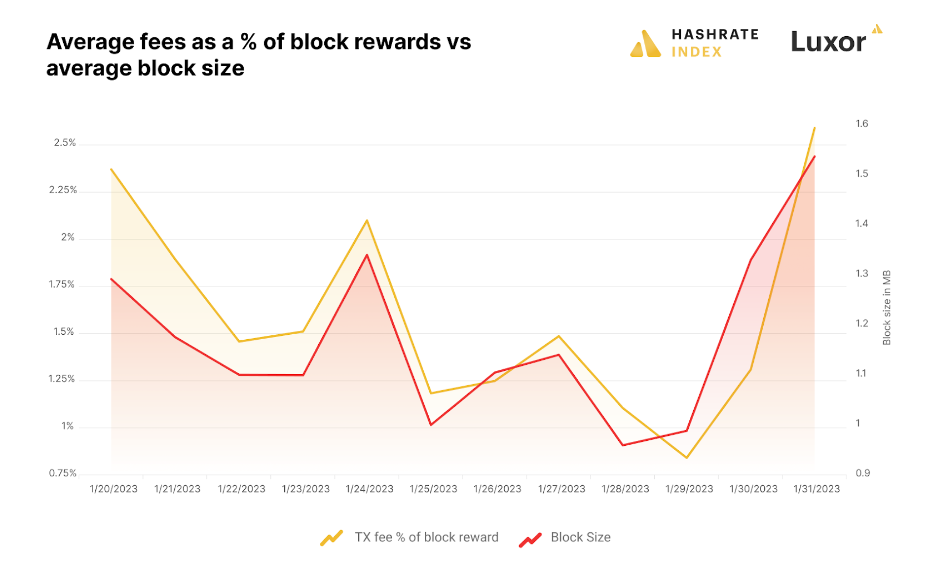first level title
Original compilation:BTCSTUDY
Accident or surprise?
A new method of minting non-fungible tokens (NFTs) on the Bitcoin blockchain has recently emerged that puts the substance of the NFT entirely on the Bitcoin blockchain.
Only Casey Rodarmor, the creator of this set of standards, is not happy to call these things NFT. He thinks the term has become stigmatized, so he refers to these things as "electronic art". Whether you call it "electronic art" or "ordinal NFT", they use "ordinal theory" to mark and track these "inscriptions", that is, data/content embedded in the blockchain.
The so-called "ordinal number" is a number that describes a specific position within a sequence (for example, "first", "second"). Here, "ordinal number" refers to the UTXO (unspent transaction output) of a specific Satoshi (satoshi, the smallest unit of Bitcoin). This Satoshi "contains" an inscription, which is the content of the NFT, which can be text, pictures, HTML files, or even MP3 (music files); and the ordinal number marks this inscription-attached Satoshi as a special transaction , so users can locate and track them. Surprisingly, such a sorting system for Satoshi was proposed as early as 2012.
Since its launch in January, more than 1,000 digital artworks have been immortalized on the Bitcoin blockchain. These inscriptions include screenshots from Twitter, a burgeoning collection of NFTs, an ad for Keet.io software, and even an 8-pixel video game (like a clone of the traditional shooter Doom that you can play in the ordinal block explorer) .
image description

Traditional shooter Doom is now immortalized on the Bitcoin blockchain
Unlike previous NFTs based on the Bitcoin blockchain, ordinal NFTs do not use Bitcoin's OP_RETURN output (this opcode also allows users to store arbitrary data on the chain). Instead, it uses the transaction witness (witness data) field of the Bitcoin block, and tapscript (the scripting function that appeared because of the Taproot upgrade in 2021).
Ordinal NFTs are native to Bitcoin, so it doesn't require a new blockchain, nor a new token. And it also stores the entire content of the NFT on the chain, unlike other NFT standards that only put a link on the chain.
first level title
Counterparty, RarePepes, and the Return of Bitcoin NFTs
Before we dive into ordinal NFTs, let’s take a moment to look at past attempts to mint NFTs on Bitcoin.
Anyway, NFT did originate from Bitcoin. There were trading cards and "Pepe the Frog" on Bitcoin long before the prime punks and floppy-eyed monkeys on the Ethereum and Solana chains became celebrity toys. Pei is the one with the big eyes and the sad expression.)
NFTs first appeared in 2015 on Couterparty; a blockchain network that uses Bitcoin's OP_RETURN output to make non-homogeneous assets. After OP_RETURN was introduced in March 2014, Robby Dermody, Adam Krellenstein, and Ouziel Slama launched Counterparty in November. In 2015, the first set of NFTs on this platform appeared, a card exchange game similar to "Magic-the-Gathering" called "Spells of Genesis".
Traffic jam, the real explosion of Counterparty came after the launch of 1,774 NFTs of the Frog Pepe Exchange Card series. Collectors use the Counterparty wallet to keep these NFTs, and Counterparty uses the OP_RETURN output to anchor the index of these NFTs to the Bitcoin blockchain. The size of the data that can be attached to the OP_RETURN output is limited to 80 bytes, which is only enough for Counterparty to put the description, name and quantity of the NFT (but for the ordinal NFT, the only limit of the data volume is the volume limit of the Bitcoin block, which we It will be discussed in detail later) (Translator's Note: If continuous storage is not required, the data mounted by OP_RETURN can also be considered to be limited only by the block size, but this upper limit will be lower than that of ordinal NFT.)
The volume of OP_RETURN transactions peaked in late 2018, bottomed out in the spring of 2019, and then faded away in 2020 with the exits of OMNI (the platform on which Tether initially issued USDT) and Counterparty. 2019 ~ 2020 is also the time for the migration of USDT to Ethereum and the rise of early NFT projects on Ethereum.

first level title
What is an ordinal NFT (electronic artwork, inscription)?
Continuing from the previous chapter, let’s take a look at several basic modules of ordinal NFT:
The witness data field of the transaction: it is the place where the data and content of the NFT are stored.
Inscription: It is the main body of NFT - the actual content put on the Bitcoin blockchain, and NFT represents the ownership of these contents. The inscription will be engraved in the witness data field of the input of the transaction, and the NFT will be given to the first satoshi of the first output of the transaction. You'll also see people referring to inscriptions as "electronic artwork/serial NFTs"—these three words can already be used synonymously.
Envelope: The inscription will be stored (within the witness data) in what Rodarmor calls the "envelope", which is made up of the OP_IF and OP_FALSE opcodes. Just like OP_RETURN, these opcodes are used to send instructions to the Bitcoin blockchain. In the "envelope" usage, OP_IF holds the data being imprinted, while OP_FALSE ensures that the data is never actually executed and pushed onto the stack(So, although some theological believers are creating panic, in fact, the full node does not need to process and verify the inscriptions, but only needs to process and verify the UTXO set, and NFT is comfortable in it).
Ordinal: The mathematical theory of numerical ordering, used here to identify individual satoshis as "electronic artwork" (aka "ordinal NFT"). The ordinal number defines the first satoshi of the first output of a transaction as an NFT; once marked, this satoshi can change hands and trade like other NFTs.
Unlike Counterparty NFT (the on-chain part is only 80 bytes),Ordinal NFTs have no size limit, only limited by the 4 MB size of the transaction witness data field.So, if your file is big enough, you could theoretically mint a serial NFT that would fill an entire Bitcoin block with just its inscription.
The tapscript brought by the Taproot upgrade and the transaction witness data field brought by the Segregated Witness upgrade allow all of these to be combined.
After the isolated witness upgrade in 2017, the signature of Bitcoin transactions can be moved from the "ScriptSig" field to the witness data field, and the data in this field will not be included in the transaction Merkle tree of the block , and is placed exclusively in a separate zone (hence its name "Segregated Witness").
Segregated Witness essentially expands the block size cap, since none of the data contained in the witness data field takes up the 1 MB that Bitcoin originally allocated for blocks. For this reason, the Segregated Witness upgrade introduces a new method of measuring block size called "block weight". The data placed in the witness data field will be "heavier" than the data placed in the original block space. light". So storing data in the witness data field of a segregated witness transaction will be cheaper than storing data in the block (Translator's Note: such as OP_RETURN output). This is the so-called "witness data discount" and is the key to enabling ordinal NFTs to be produced.
image description

Largest block ever; inscribed NFT has 3.94 MB, total block size 3.96 MB
"The transaction of attaching the inscription is a spending transaction output by taproot, which will expose the corresponding tapscript, so the content and file type of the inscription will also be exposed," Casey Rodarmor, the founder of ordinal NFT, said in a mobile phone interview, "The inscription will 'attached' to the first satoshi of the first output of such a transaction...then the ordinal protocol allows you to transfer those satoshis using a normal bitcoin transaction."
As Bitcoin developer Peter Todd points out, ordinal NFTs were possible even before the August 2017 Segregated Witness activation upgrade. But Taproot makes them cheaper and allows larger file uploads at once. Some commentators say Rodarmor discovered the innovation by accident, as if by accident.
"I wouldn't call it an accident -- I think people will be pleasantly surprised," Raodarmor said.
Bitcoin users need a special wallet and block explorer (Ord Wallet) to index and track ordinal NFTs, but can use arbitrary Bitcoin addresses to send and receive these NFTs. Because digital artwork requires taproot to mint, Ord Wallet will enable Taproot addresses by default.
first level title
What Ordinal NFTs Mean for Bitcoin Miners
Ordinal NFTs have become a hot topic among bitcoiners, although their creators have tried to avoid controversy by calling them "electronic art."
There are basically two camps. Those who support it argue that Bitcoin's block space is a free market; as long as you can pay the transaction fee, you can use the block space, no matter how large or what the transaction contains. The opposing party claims that NFTs are all scams and will take up block space. These junk transactions will crowd out more meaningful economic transactions (such as ordinary transfers); bandwidth requirements.
Ordinal NFTs have also entered the larger debate over Bitcoin's security budget (whatever you want to call it). Proponents argue that this new application will drive demand for block space, which is good for the future of bitcoin as its block reward eventually drops to zero. Naturally, miners are also interested in the debate about block space and fees, which once accounted for 30% of their total income, but now, in good times, only account for 3%.
image description

There are no astronomical figures, but ordinal NFTs do have an impact on block sizes and transaction fees. Source: Hashrate Index
Ordinal NFTs will most likely not increase transaction fees. Of course, they can lead to higher fees, but not in the way you think. After all, a block full of digital artwork could theoretically carry fewer fees than a block full of regular Bitcoin transactions, thanks to the SegWit discount.
But if enough users start minting ordinal NFTs, they will compete fiercely with ordinary transactions for block space, and users who broadcast ordinary transactions will need to increase their handling fees in order to get their transactions packaged. In this way, miners may prioritize packing as many ordinary transactions as possible, because they pay higher fees per their own data, so the more ordinary transactions they pack, the higher the fee income.
first level title
scarcity
It may not be transaction fees that will really benefit miners, but digging out electronic artwork—specifically, scarce Satoshi.
In a blog post on ordinal number theory, Casey Rodarmot lays out a graph of the rarities of different satoshis. This taxonomy mainly revolves around the self-regulating events of Bitcoin’s proof of work, namely the difficulty adjustment event and the halving event of the issuance rate. For example, the first Satoshi in the first block after the issuance rate is halved will be classified as "Epic" Satoshi; assuming there is such a demand, such Satoshi can be sold at a better price to collectors .
image description

Rare satoshi, which can provide miners with an additional, instant source of income
first level title
Ordinal NFTs: Anomaly?
Casey Rodarmor's innovation has only been around for about a month, and it has already become the most controversial topic in Bitcoin circles this year.
The opposition is so strong that Bitcoin Core contributor Luke Dashjr has written a crude filter for node operators retweets), although the efficacy and impact of this tool are in doubt. Anyway, OP_FALSE means that the inscription data does not need to be verified, and the pruning node will not save the witness data of the transaction at all.
There are also people on the other side, and many people — including Bittheists and ordinary cryptocurrency enthusiasts — are excited about this new way of minting NFTs. In addition to images and collectibles, ordinal NFTs can also be used to publish sensitive documents that can benefit from permanent, censorship-resistant storage and replication. Bitcoin users can curate an "immutable library" by inscribing ordinal NFTs, to borrow the words of Galaxy Digital's Brandon Bailey.
For miners, this innovation can lead to an increase in transaction fees in the future, and open an additional income stream for miners (mining rare Satoshi), and even generate "miner extractable value (MEV)".
Regardless, ordinal NFTs are not going away. The only question is how much impact they will have, and whether Inscription will be able to create the NFT craze that Ethereum and other blockchains have.